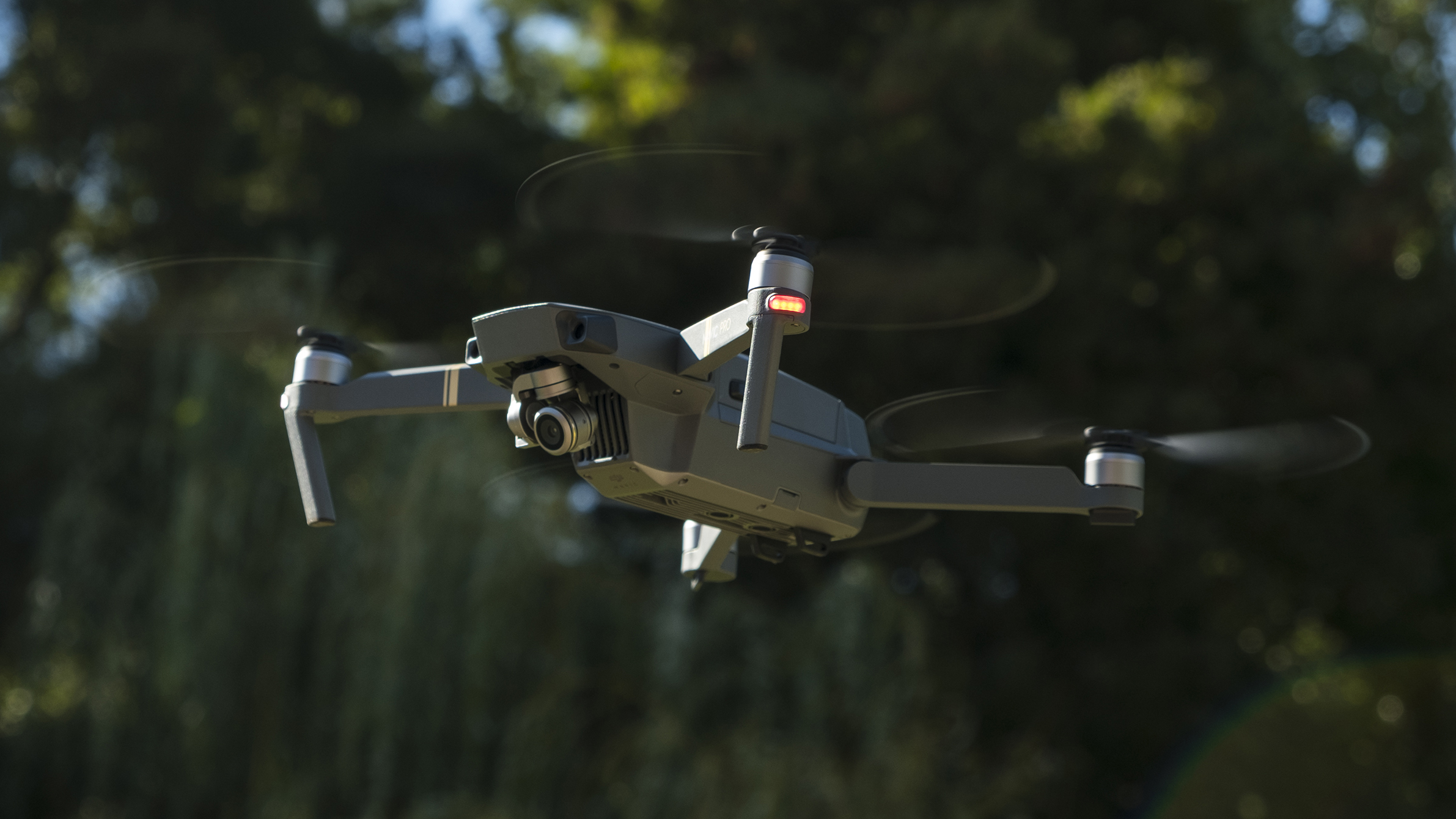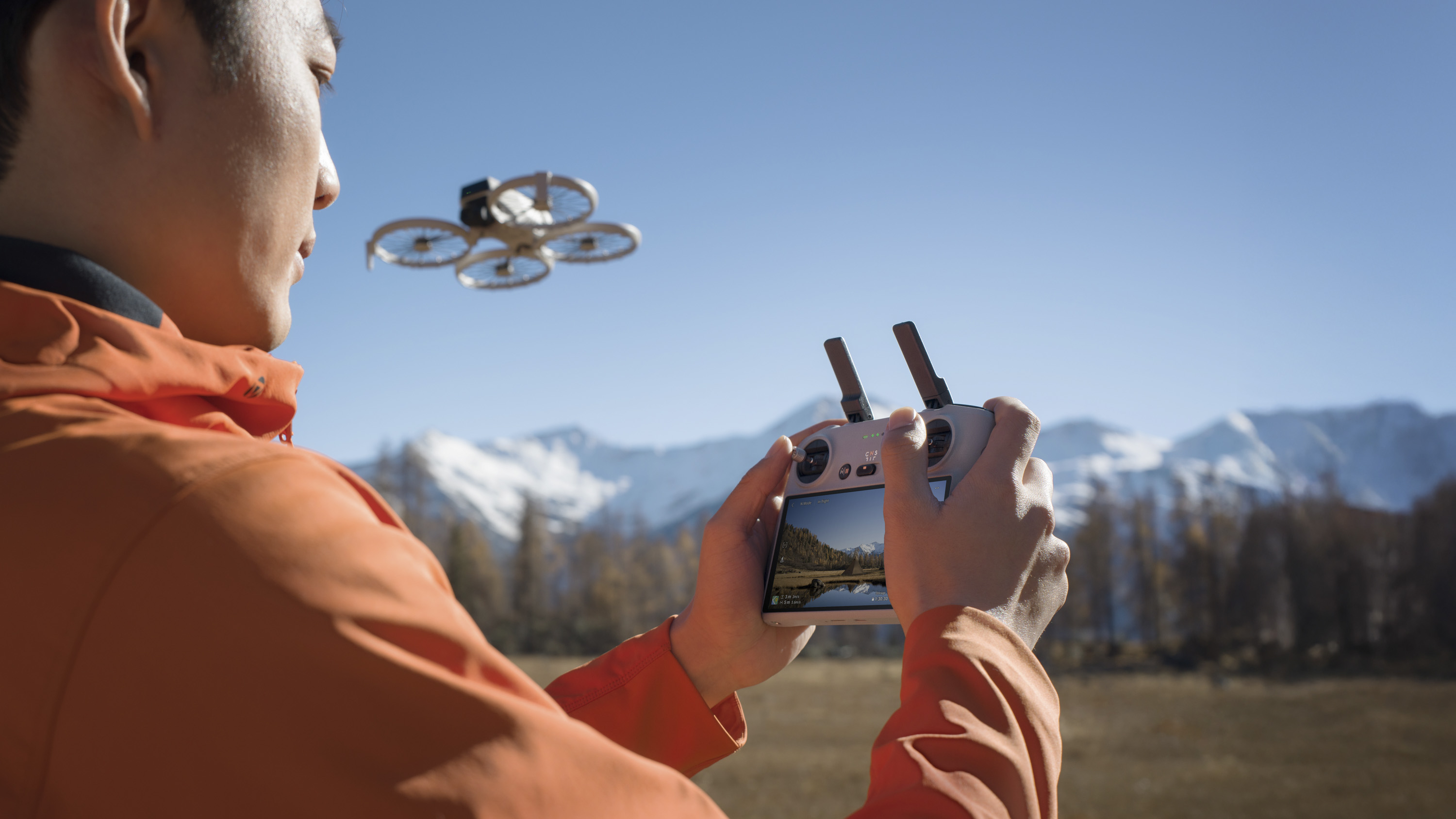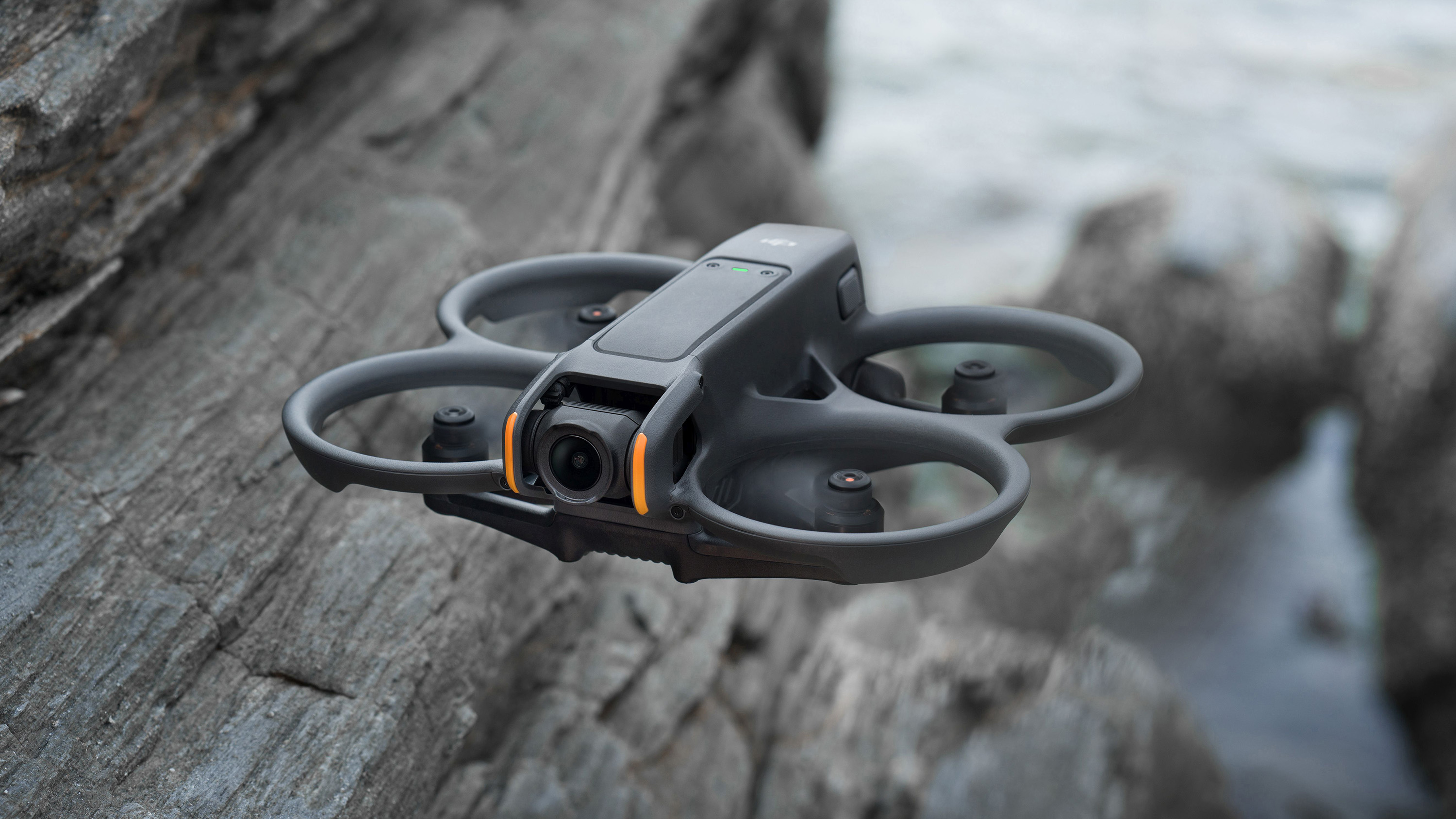DJI is trusting users to fly their drones safely, and it's as bad an idea as it sounds
No-fly zones are for other people

I don't trust you. I like you and I want to share my tech knowledge with you but when it comes to something like flying a drone, I simply won't trust that every random drone owner will follow basic flight safety rules.
But I'm not DJI, the world's number-one drone maker. Arguably the maker of the best drones in the world (its fliers top our best drones list and warrant their own best list), DJI made it clear this week that it fully trusts its drone customers to steer their drones clear of sensitive areas like prisons, airports, and national landmarks.
These so-called no-fly zones are currently GEO-coded into DJI drones, which means the flying cameras would automatically steer clear. They did in the US, at least. Last year, DJI switched those controls off in the European Union, and now it's followed suit in the U.S.
Flying blind
In a blog update posted this week, the company officially switched its "Restricted Zones (or No Fly Zones) to Enhanced Warning Zones. Instead of stopping the drones automatically from flying into an airport, you'll get a warning that you're flying into restricted airspace and, as DJI puts it, the company is, "placing control back in the hands of the drone operators, in line with regulatory principles of the operator bearing final responsibility."
DJI offers many reasons like the rise of a strong drone regulatory structure that didn't exist when DJI first started selling its quadrocopters in the US more than a decade ago. That's true, there are lots of rules, but they're somewhat inconsistent.
For a time, the FAA required everyone flying a drone of nearly any size (250 grams to 55lbs) to get a drone registration (somewhat less stringent than a license). The FAA rule was eventually struck down so that the majority of small prosumer drones no longer need any registration.
I was sorry about this change, because the light-touch registration process taught new fliers about the rules of the road (air). For instance, they could not fly above 400ft, so as not to interfere with aircraft, and they were not supposed to fly in certain zones that included airports.
I took these lessons seriously but also appreciated that DJI technology had my back and would stop me from flying where I shouldn't. The registration also provided a level of accountability. Your registration number was supposed to be affixed somewhere inside your drone so it if was found flying where it shouldn't be, the errant device could be traced back to the careless pilot.
With popularity comes responsibility

The allure of a DJI drone is strong: who doesn't want to fly a drone? Few companies have their kind of track record across a single category. I've flown numerous DJI drones over the years and can't name a single dud.
In recent years, the drone maker has been on quite a tear. We got the new Avata 2, a fantastic FPV drone that puts you in the drone flight driver's seat to create incredible fly-through videos. There's the new 3-camera Mavic Pro 3, which might be the ultimate prosumer drone, and now the recently released entry-level DJI Flip that, when folded, looks unlike anything DJI has ever produced.
My point is that DJI has a drone for every taste and flying style. It appeals to an incredibly broad set of consumers. But not every buyer has flown a drone before or understands how to keep them from becoming unintentional weapons of minor destruction.
You think I'm exaggerating? Droves have been reported flying across the flight path of landing and departing commercial aircraft. Even more worrisome is what happened when a drone got in the way of one of the planes carrying life-saving water from a lake to the Los Angeles fires. LA had to ground those planes until they figured out what was going on.
I doubt that the drone pilot was trying to harm the plane or interfere with fire control efforts. They likely wanted the amazing video the drone could capture. But drones in amateurs hands do not belong in those situations, and yet I think DJI's decision will only make such situations that much more likely.
A looming no fly rule of its own

When I think about DJI's decision, I have to consider its somewhat tenuous place in the US market. Despite its success, DJI has been the target of a potential US ban for more than a year. It was briefly included in a bill to limit some technology and goods, the Countering CCP Drones Act, because, as a Chinese company, there's concern that the Chinese government could use DJI tech to spy on US interests. While DJI managed to avoid a ban, the company still has to prove to the US government that its technology is not a national security risk.
DJI has fought these allegations from the start, but I almost feel like this new decision is a bit of passive aggression. Yes, DJI made the same change in the EU, but doing so now in the US, especially as we face a change of Executive administration, seems like an especially bad idea.
Unless the purpose was for DJI to say, "We had your back on basic drone safety. Now, see what it's like when we don't."
It's hard to imagine that the decision will curry favor here with US lawmakers. In the meantime, the software update went into effect on January 13, 2025, which means our skies are already a Wild West and less safe than they were last year. It's quite possible that we could soon have all manner of DJI drones buzzing airports, the Statue of Liberty, the US Capitol, and other precious locations.
I have no issue with licensed pros flying in these locales because they've cleared flights with officials. It's those other amateurs flying drones, with a 5-to-8-mile flight range, who will send them buzzing into your territories. We don't need to be swatting away DJI drones like so many flies.
I love DJI drones and I love you, dear drone enthusiast readers, but right now I'm struggling with trust on two fronts.
You might also like
Get daily insight, inspiration and deals in your inbox
Sign up for breaking news, reviews, opinion, top tech deals, and more.

A 38-year industry veteran and award-winning journalist, Lance has covered technology since PCs were the size of suitcases and “on line” meant “waiting.” He’s a former Lifewire Editor-in-Chief, Mashable Editor-in-Chief, and, before that, Editor in Chief of PCMag.com and Senior Vice President of Content for Ziff Davis, Inc. He also wrote a popular, weekly tech column for Medium called The Upgrade.
Lance Ulanoff makes frequent appearances on national, international, and local news programs including Live with Kelly and Mark, the Today Show, Good Morning America, CNBC, CNN, and the BBC.
You must confirm your public display name before commenting
Please logout and then login again, you will then be prompted to enter your display name.